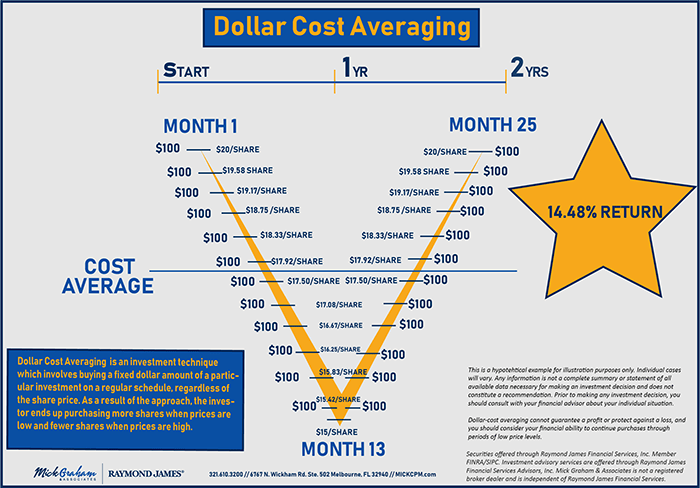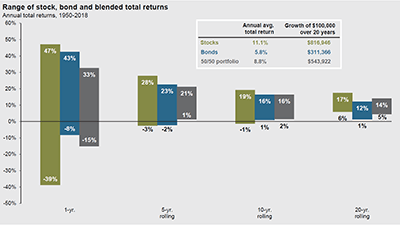Downturns Happen Quick—but Recoveries Can Come Quicker

Your 401k got punished in the last quarter. I’m sure it’s got you asking, “why would I throw good money after bad?” I’ll tell you why:
Warren Buffett (who is arguably the best investor of all time) has been quoted saying he’s uncomfortable when stocks are going up. He feels way better when they are going down. This albeit reverse psychology, is his way of saying that he plans on holding his stocks for a long period (or forever as he’s been quoted), and that he loves to look for value when he buys stocks, not unlike my wife when she shops at Kohl’s. She never tells me how much she’s spent, just what she saved.
After rainy days comes sunshine, after winter comes spring, when we get knocked down, we get up, but probably more important in this conversation, when we see swift market downturns like we just saw, we often see swift recoveries.
I talk about this often, however as a participant in a 401k plan, you are in a unique position to capitalize on probably the best risk reduction strategies that I know of in investing, Dollar Cost Averaging. This is continuing to buy a stock (or an index) at a lower price than previously, which brings your average cost down as you do. The image below shows you how this works and how you can make money even though the stock is the same price over a two-year period, but we were able to make money because of our consistent purchases throughout. This is what a 401k does for you.

Source : MG&A
The stock market is a crap shoot in the short term however becomes more predictable in the long term. So, making short term decisions is the biggest mistake I see from investors. Don’t get sucked in. Stay the course and reap the benefits. The time to make allocation changes to your portfolio should not be based on a downturn in the market, it should be based on your timing to retirement and your personal goals in retirement.

Source: JP Morgan
Yes, I know looking at the daily movements of the stock market can be scary, however I’ll tell you that Missing the best 5 days in the stock market can drop your overall return by 35%.
Source: Fidelity

Source: Putnam
Don’t fall victim to the media headlines, and the ultimate lag in returns making emotional decisions will lead to. Instead, measure your quarterly performance against your benchmark and see how you performed. Don’t measure it against a dollar figure or the high point in the market. If you need help finding your benchmark, give us a call and we will show you what you should be measuring your portfolio against.
Quarterly Benchmarks

Source: MG&A
Please feel free to call with any questions.

